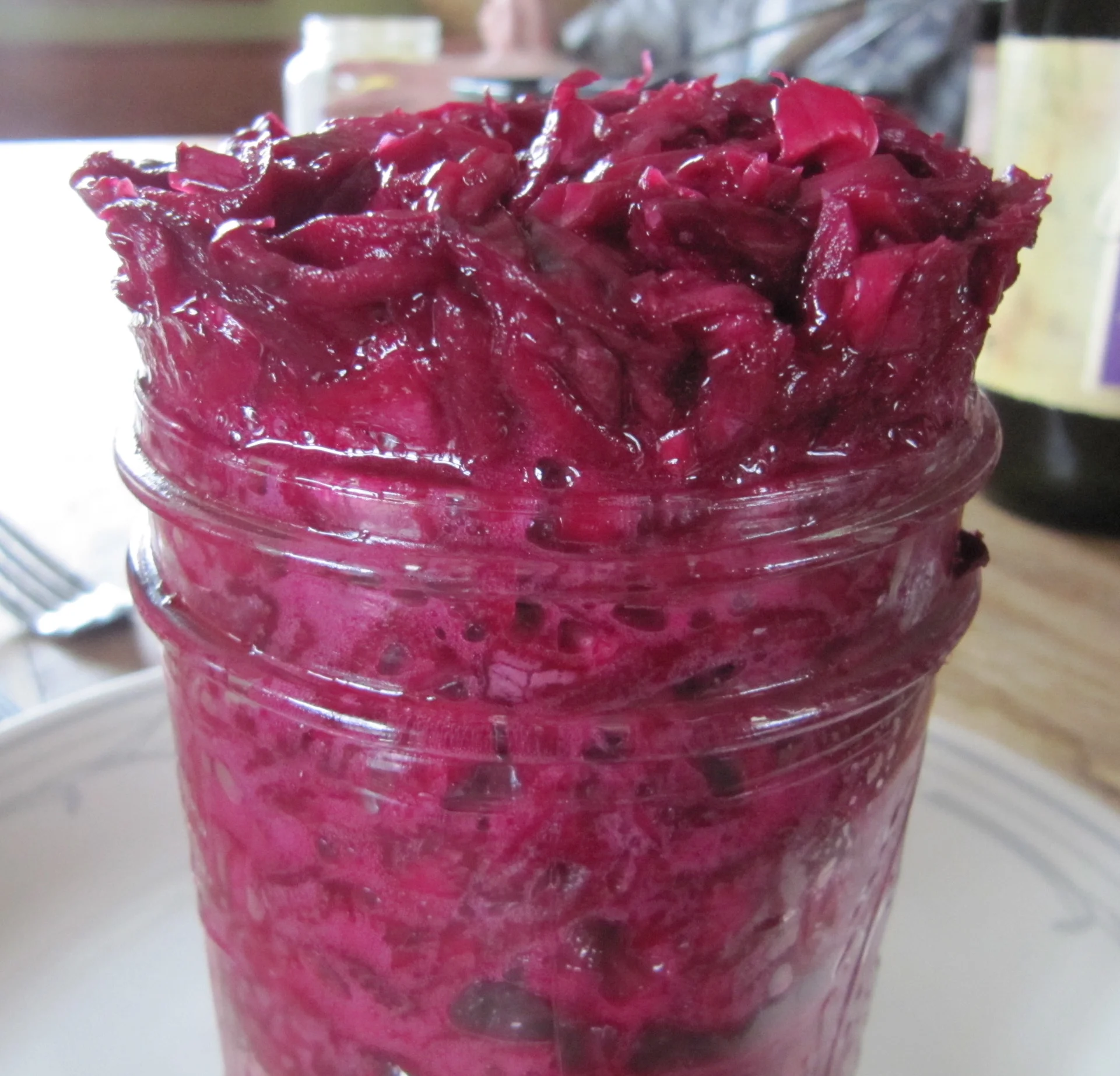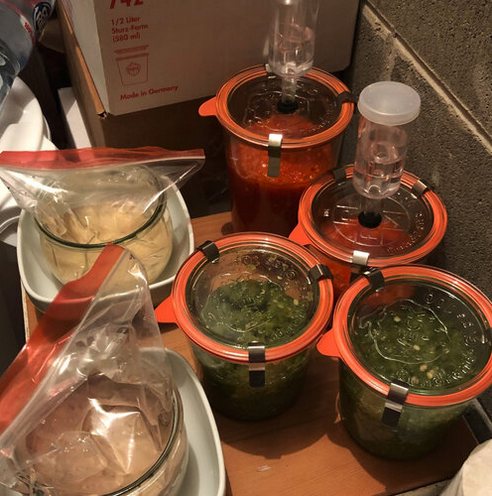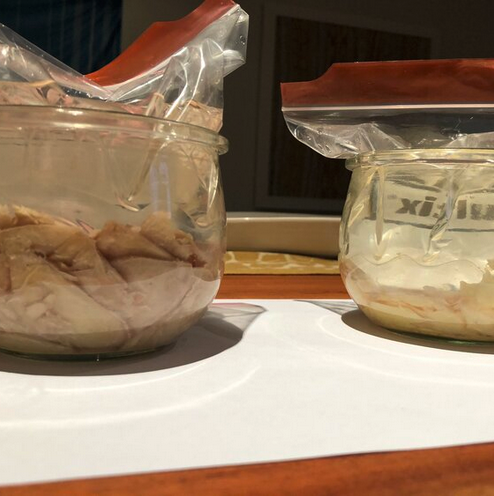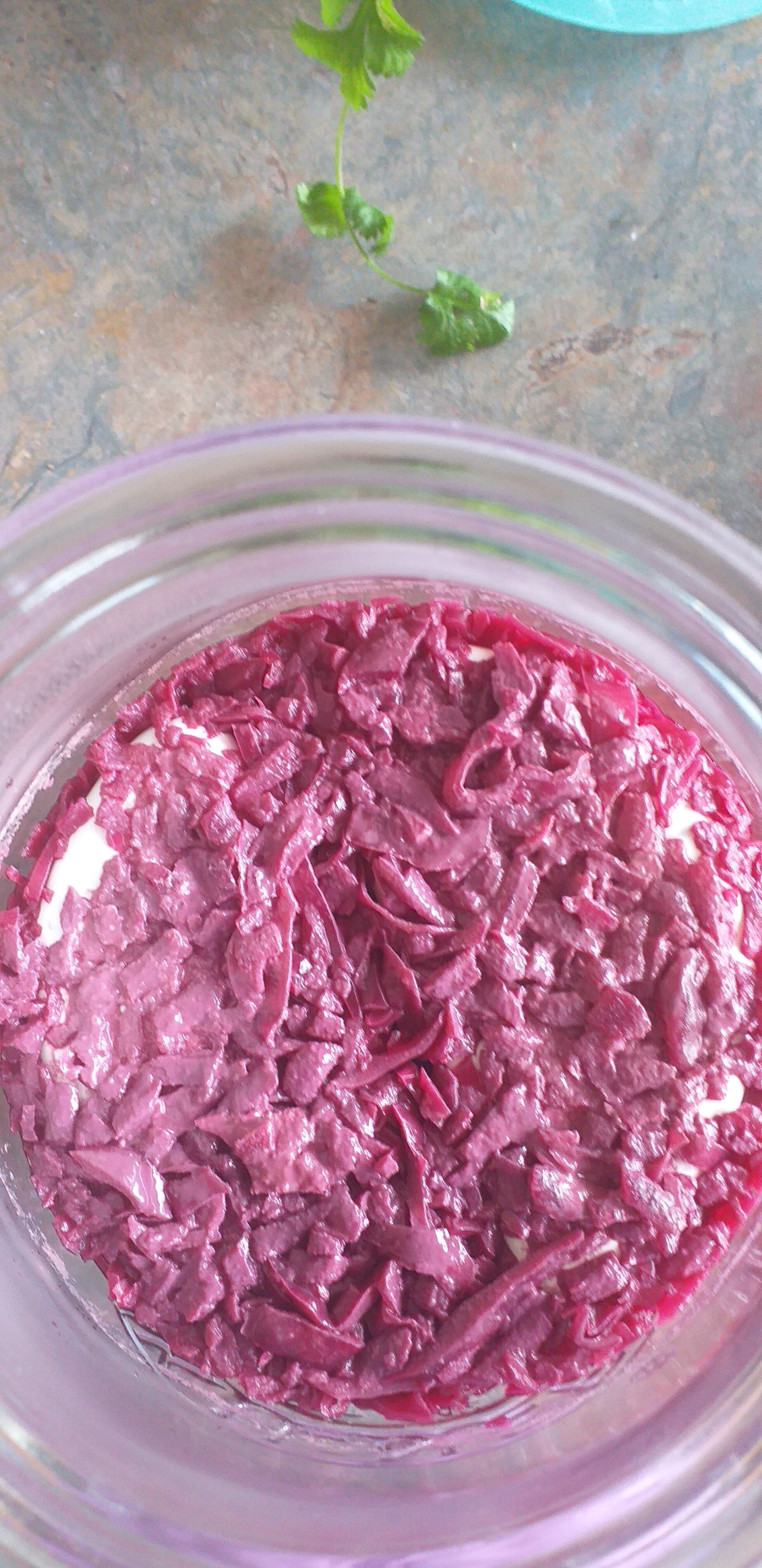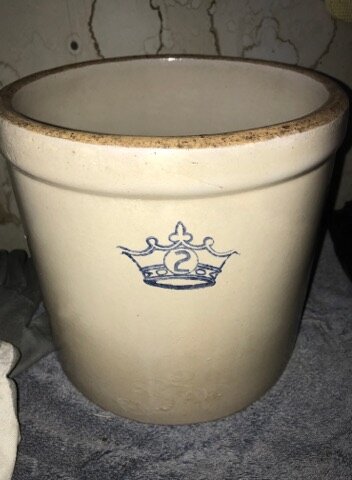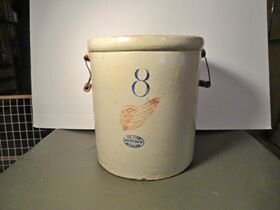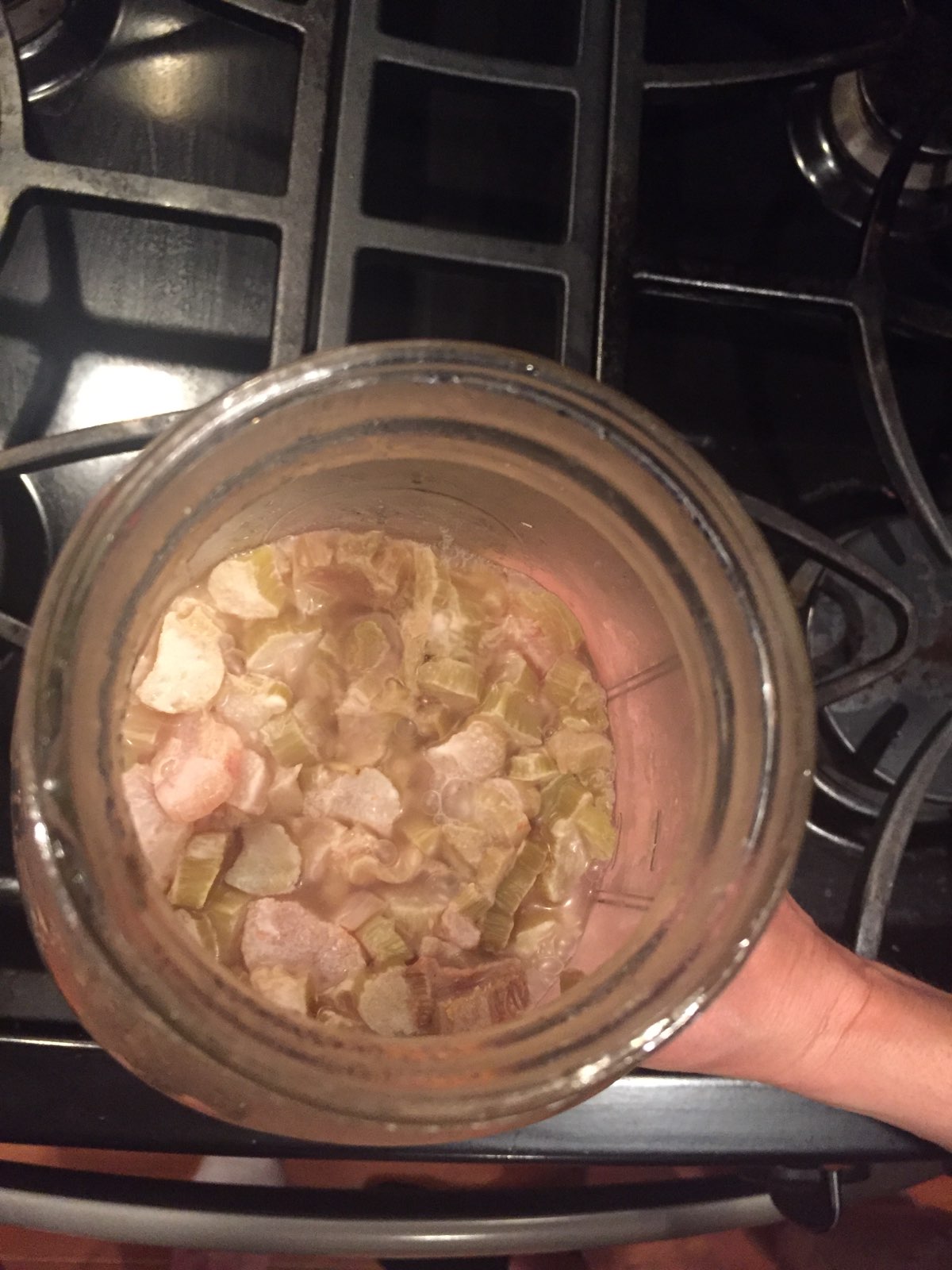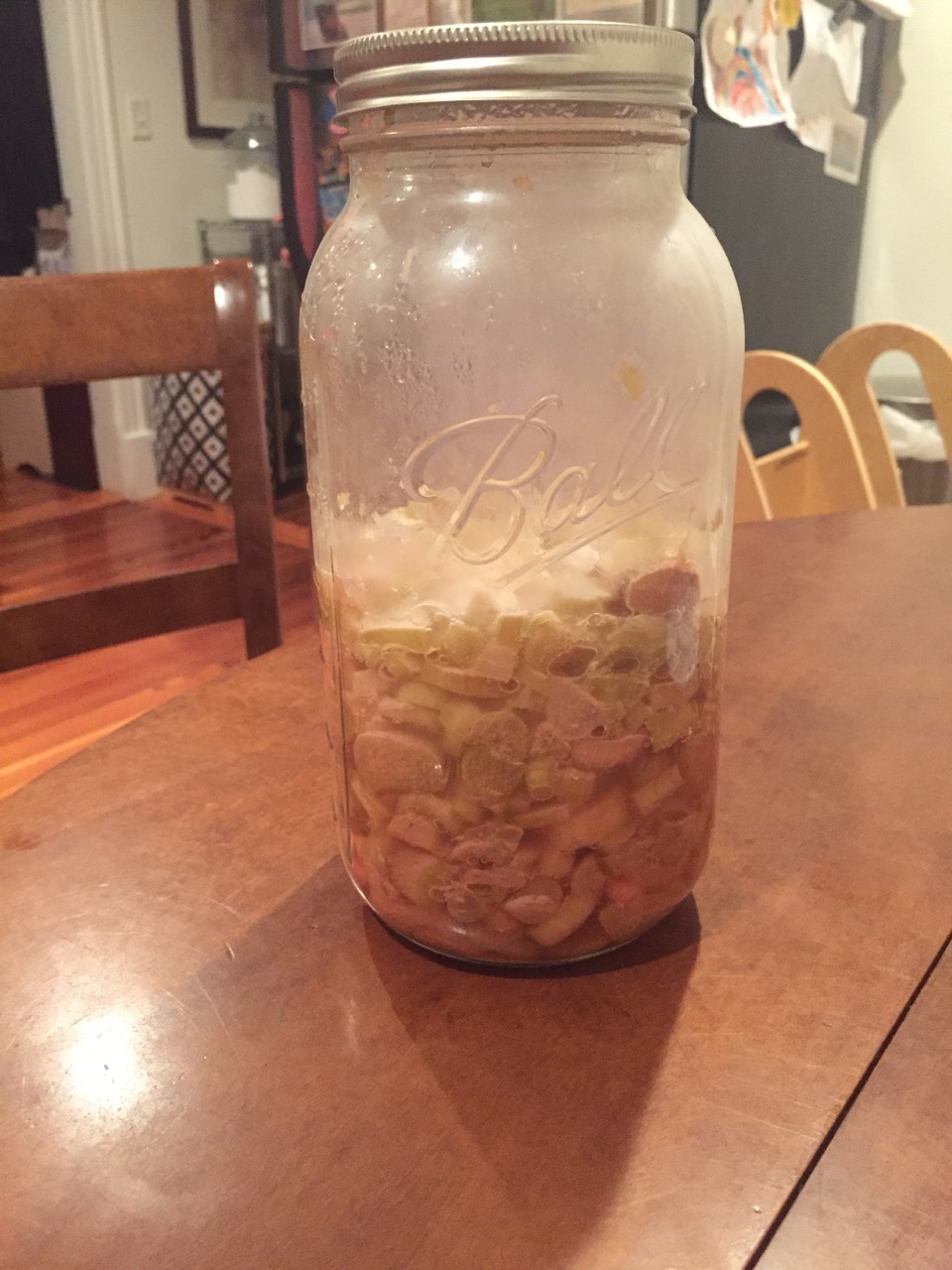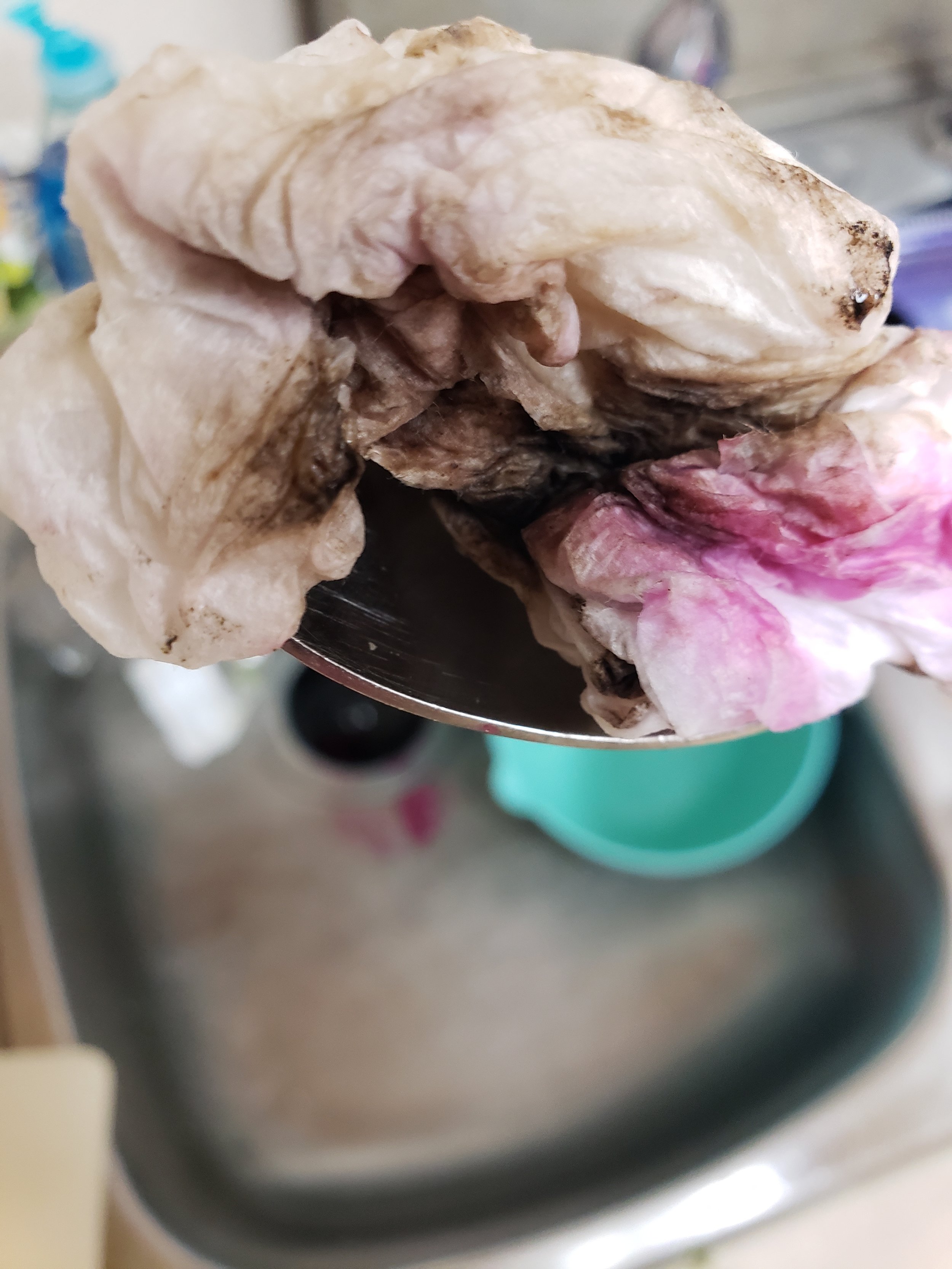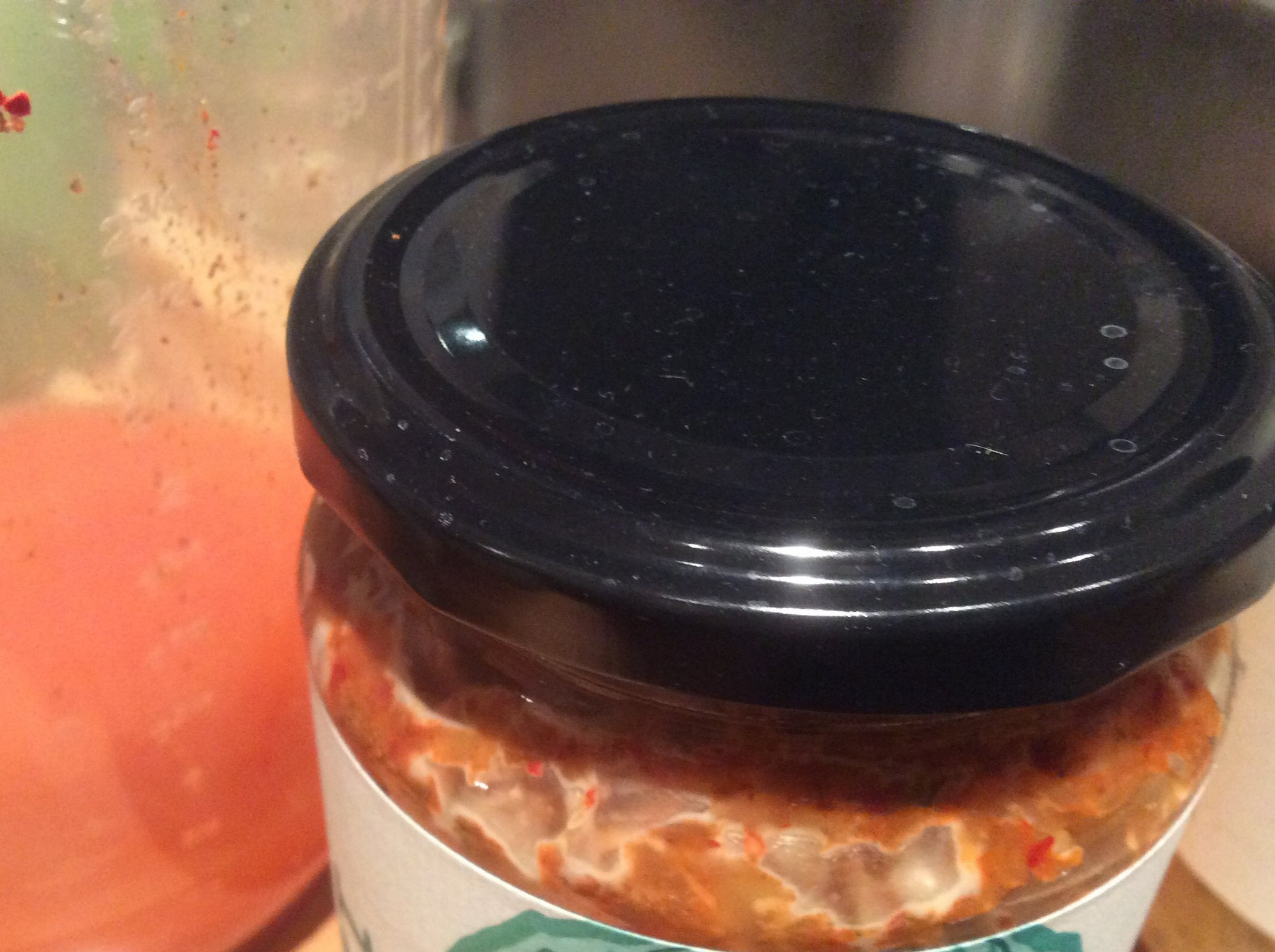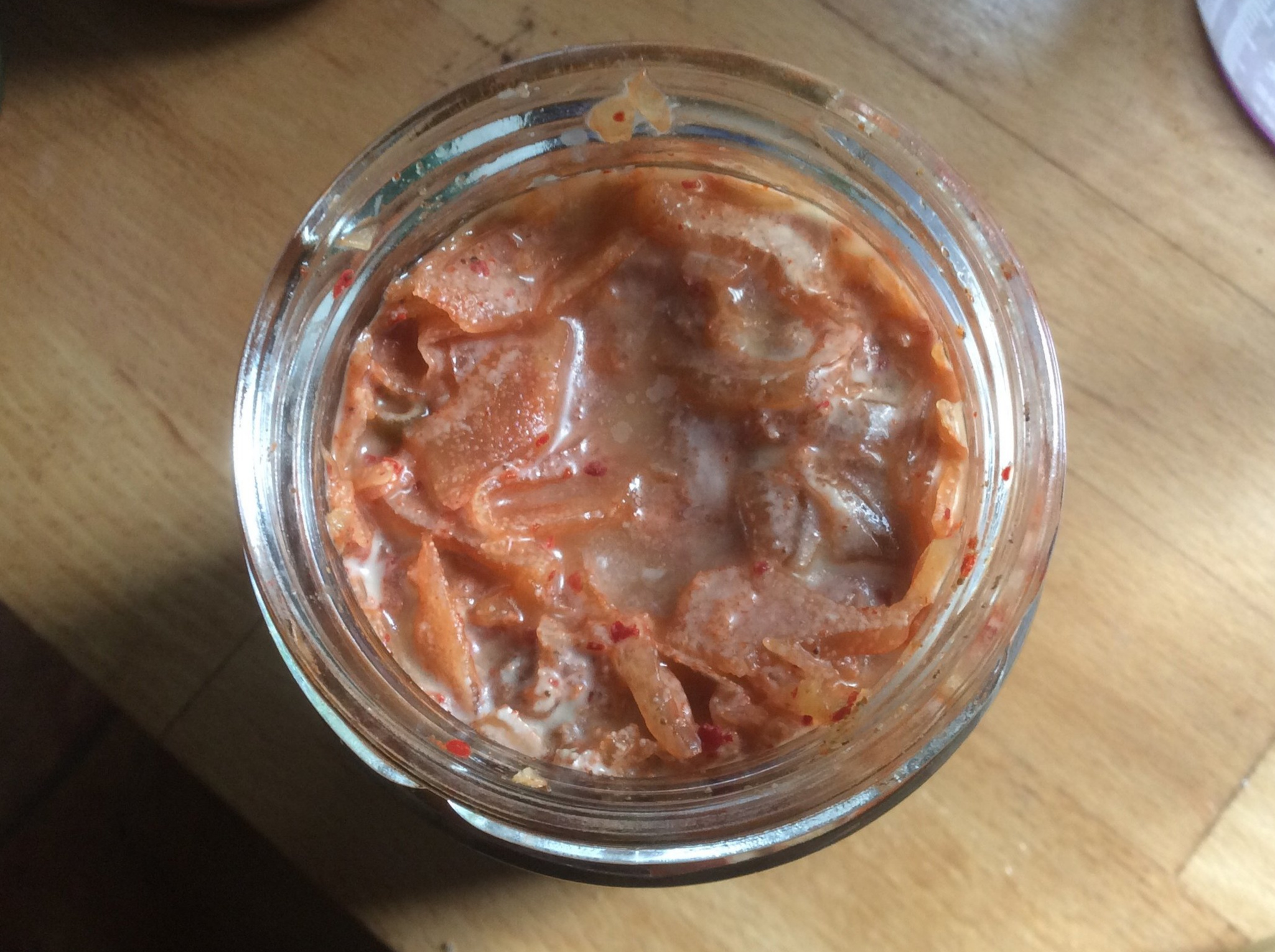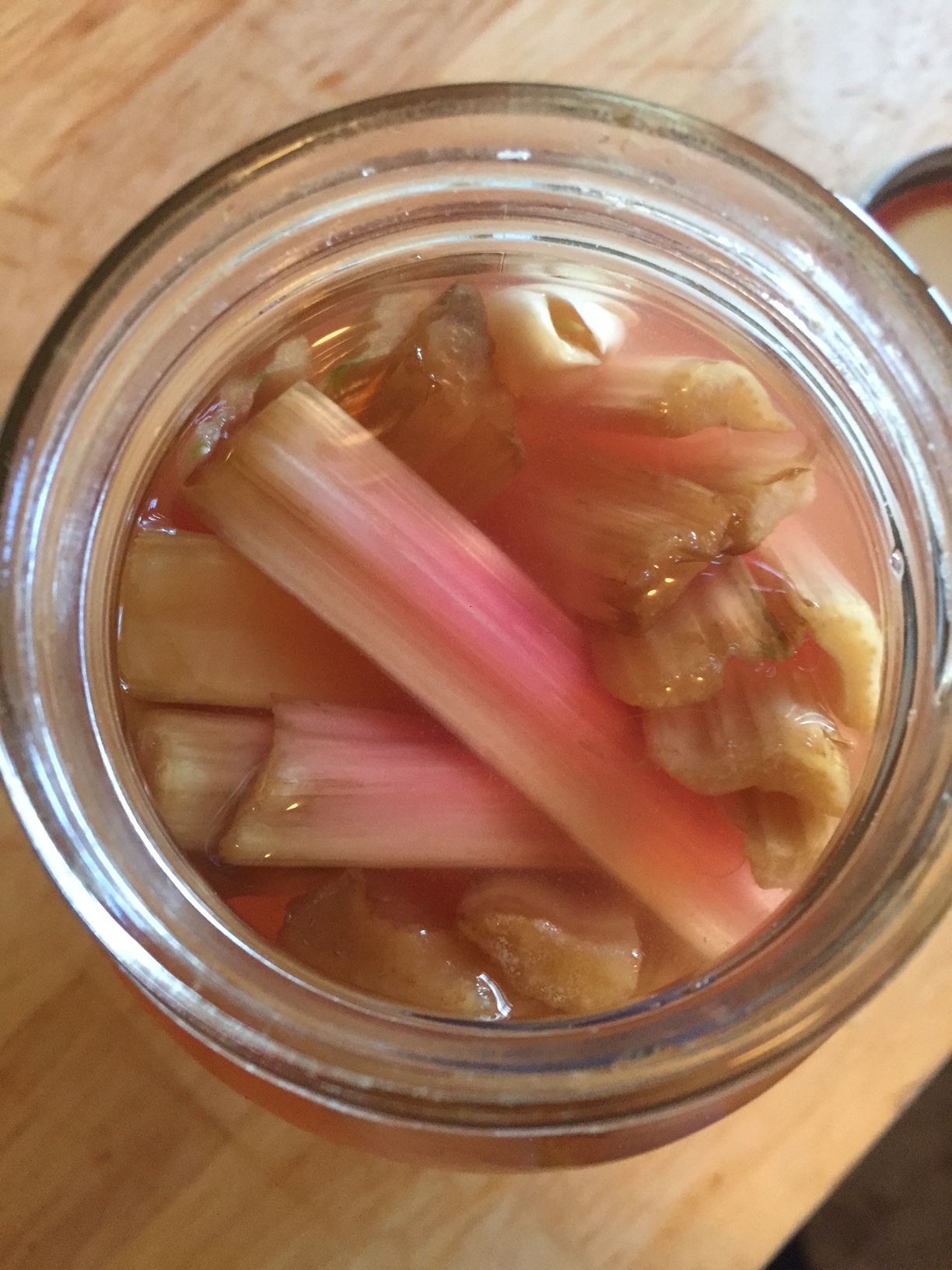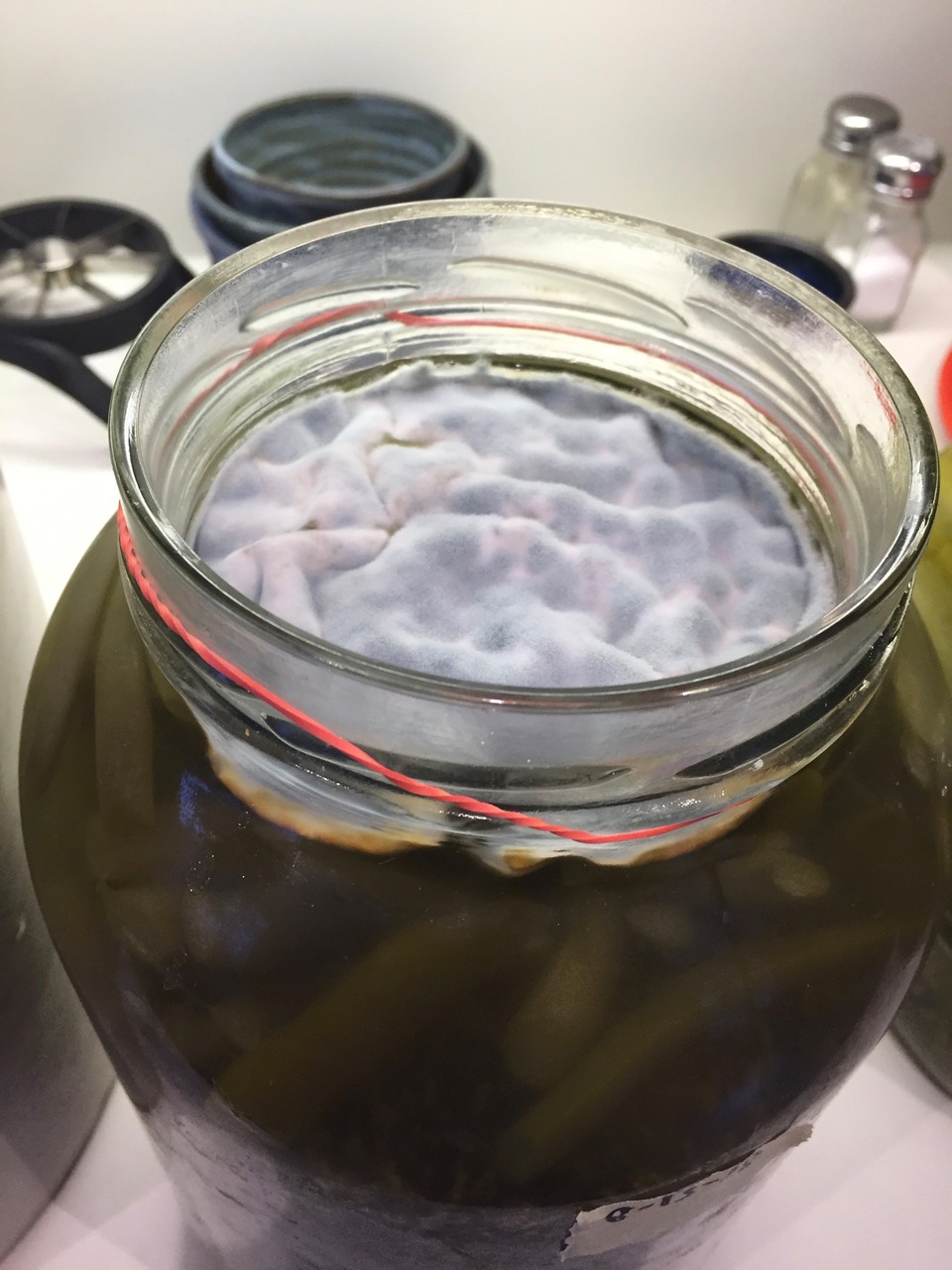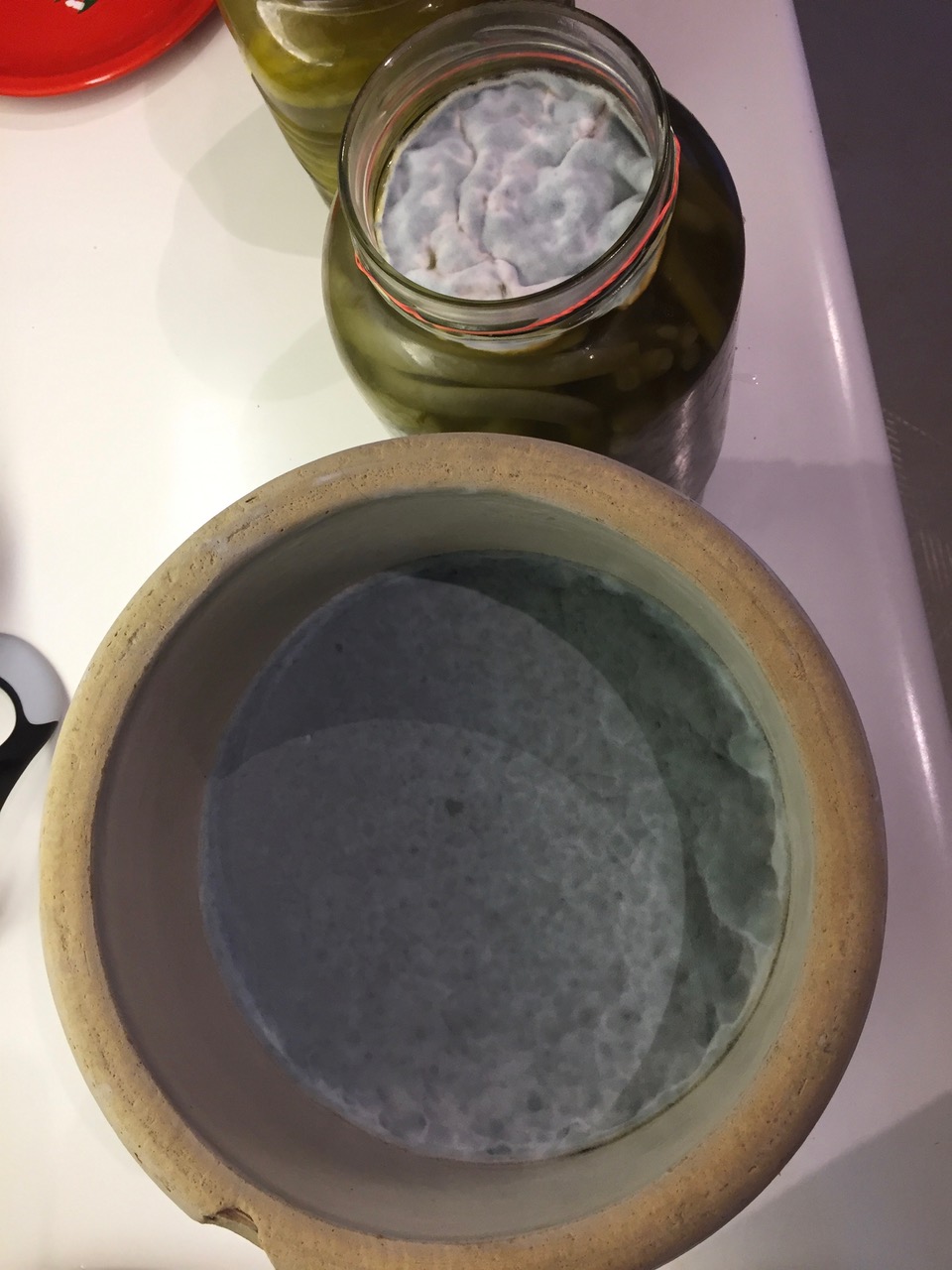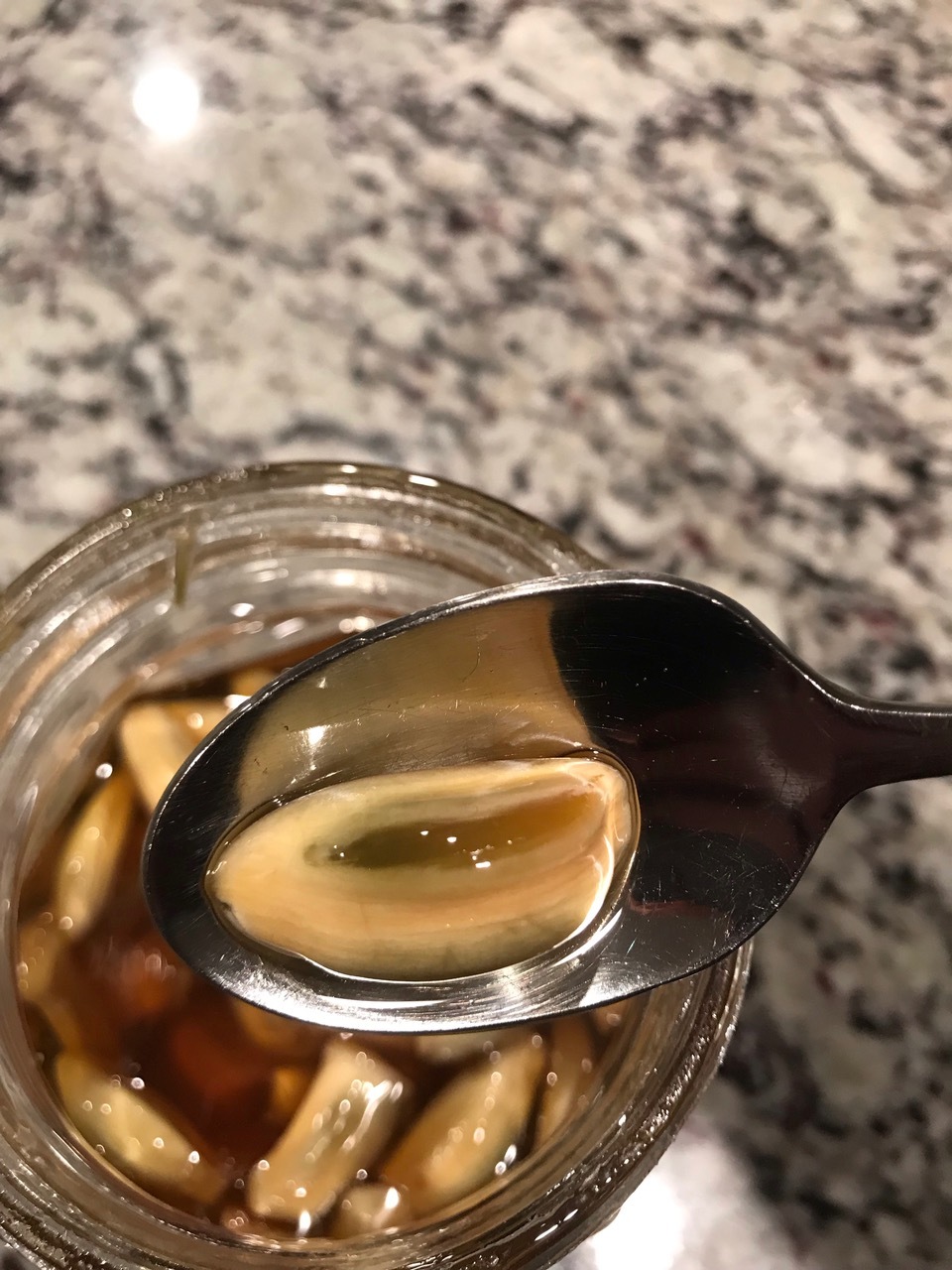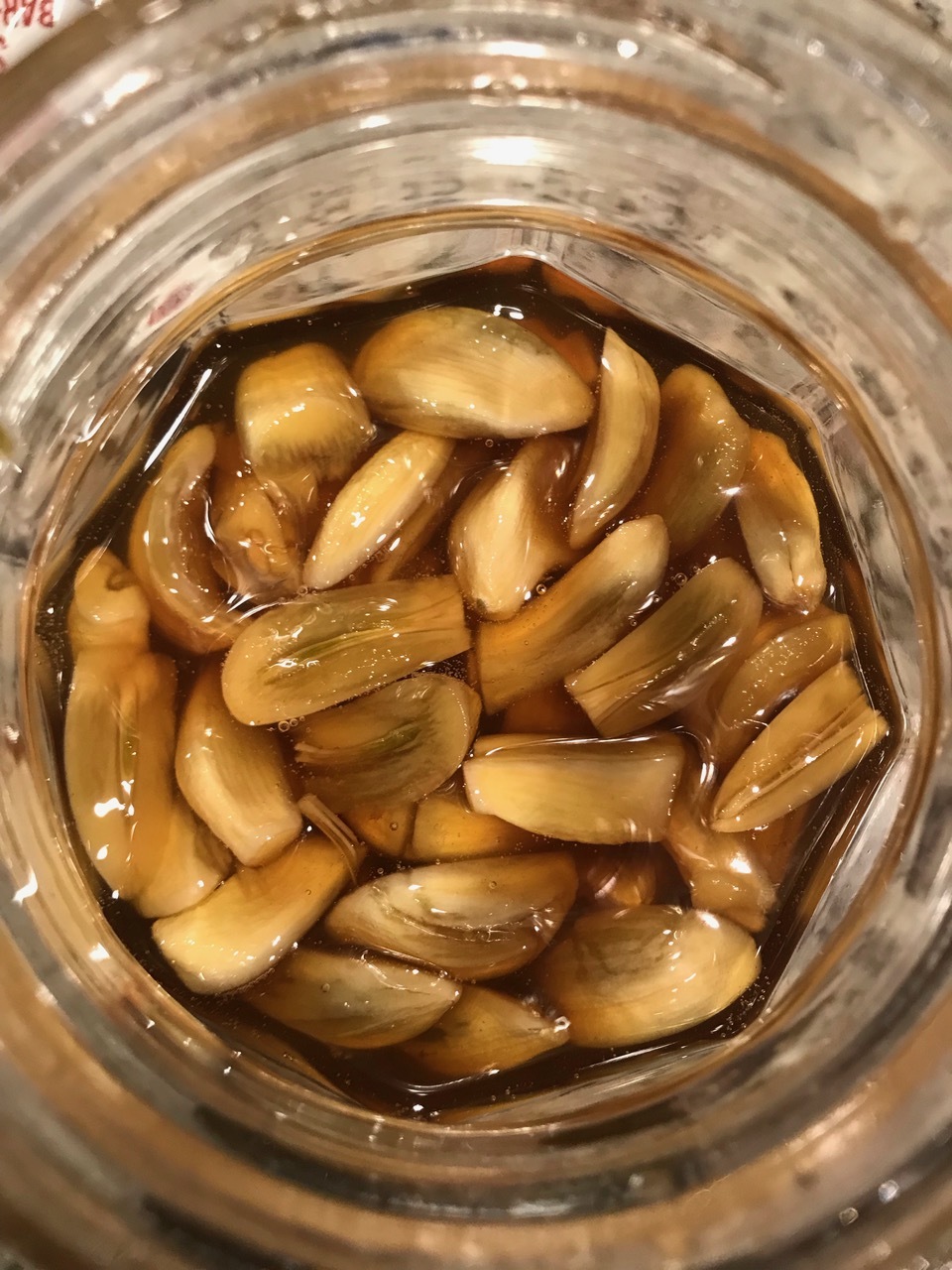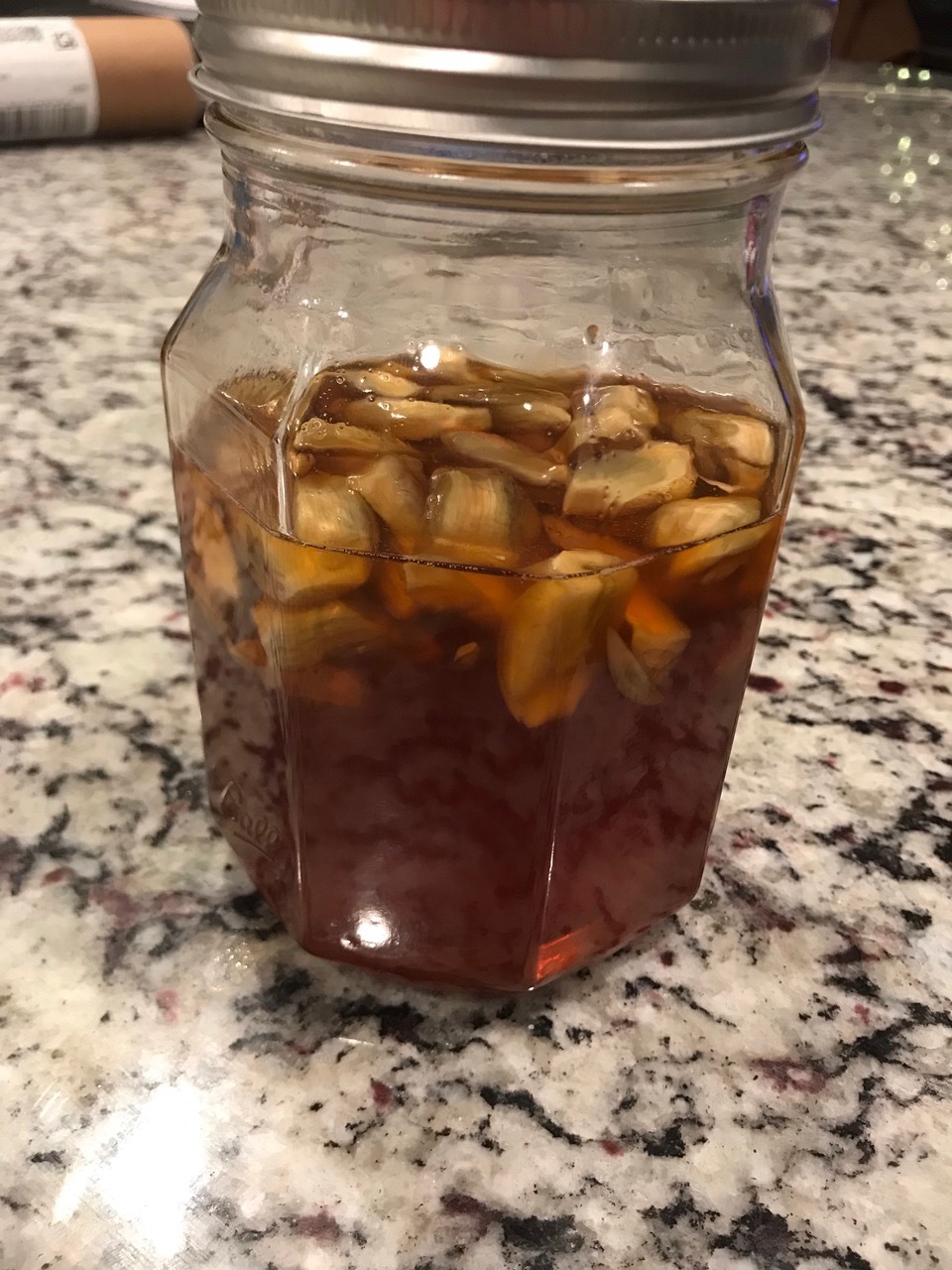Hi Kirsten,
Just found out about your business through OPB, and then saw your recipe for Carrot-Lime salad. I’m wondering if the fermenting process cooks the vegetables slightly or at all? I’m allergic to raw carrots, raw celery, and other very random raw foods, but can eat them all if they’ve been cooked (even a minute or two in a microwave eliminates this allergic enzyme or whatever it is…!) (Discovered a few years ago through my friend google, that this actually has a name: Oral Allergy Syndrome…) Up to this point I've just avoided any raw carrots, or fermented carrots, not wanting to deal with the itchy throat. Reading about your experience with fermentation, I was curious if you know anything about this (cooked vs. raw once fermented)? Thinking it might be like ceviche - acids cook the raw fish to create a finished dish of lime, fish, veggies…
Thanks for any thoughts you might have about this!
Jana
*************************
Dear Jana,
Wow there is a lot to learn here. I’ve spent most of the day looking through research papers and trying to get my arms around this. I’m guessing you are allergic to either birch or mugwort pollen, depending on what some of those other raw fruits and vegetables are. Either way as you probably learned from your friend Google the proteins in both of those veggies that are triggering your body’s allergic reaction are denatured by heat and likely also by your gastric juices. The question you raised, does lactic acid fermentation do the same thing, doesn’t appear to have been studied, at least I have yet to find it. The acidity in fermented carrots probably just approaches the pH 1.5-3.2 of our stomach, I’m not sure if there is a minimal pH level needed to foster enzymatic activity on the protein. In fact there seems to be a debate in the research in terms of what the pH likely is From what I can tell the thermal treatment unfolds the proteins, which causes them to not bind with the antibody response. The proteins I think at play here are PR-10 Bet v 1 proteins. The most promising thing I found is from a paper in Molecular Immunology 100 from last year that states “In addition, there are also numerous non-thermal processing methods such as e.g. hydrolysis, fermentation, UV-exposure and radiation influencing protein stability.” It later mentions Lactobacilli as having the capability to reduce IgE binding capacity.
So with all of that I think your hunch might be right. Would I would suggest is to ferment the carrots fully, meaning for a pint you might want to let them at least 3 weeks or maybe a month at room temperature. They will probably be a little soft but we would know that the lactic acid bacteria have had plenty of time to break things down, hopefully including the proteins that are fooling your body into thinking they are pollen and need to be dealt with in your mouth.
Our bodies are amazing aren’t they? Thank you so much for the question that I will continue to puzzle over. Please let us know if you decide to experiment and what the outcomes are. I do hope it works and you can once again enjoy carrots, celery and other veggies fermented.
Let me know if you have any questions about any of this and I can clarify or send you research I have found.
Cheers,
Christopher

